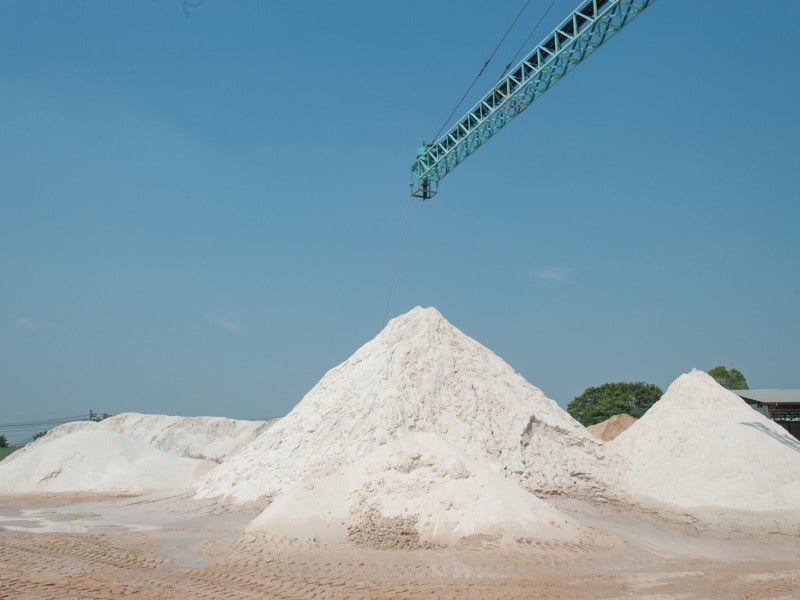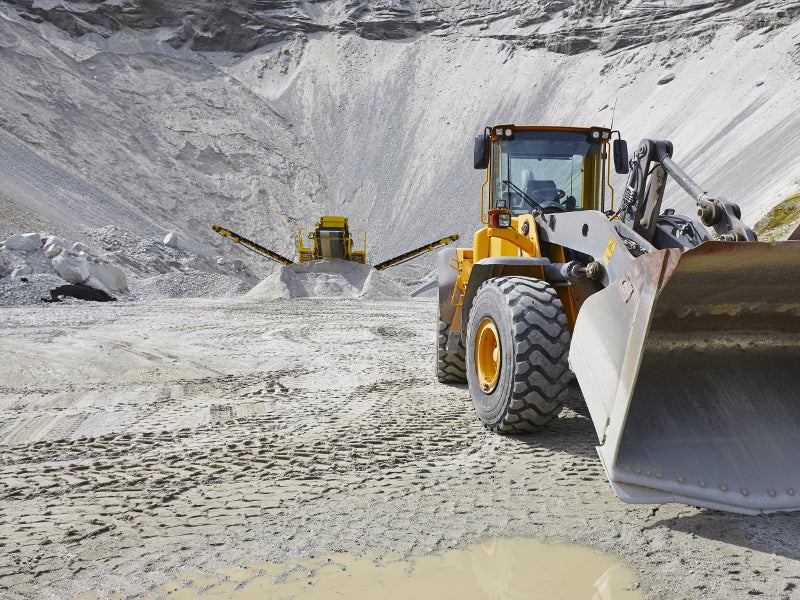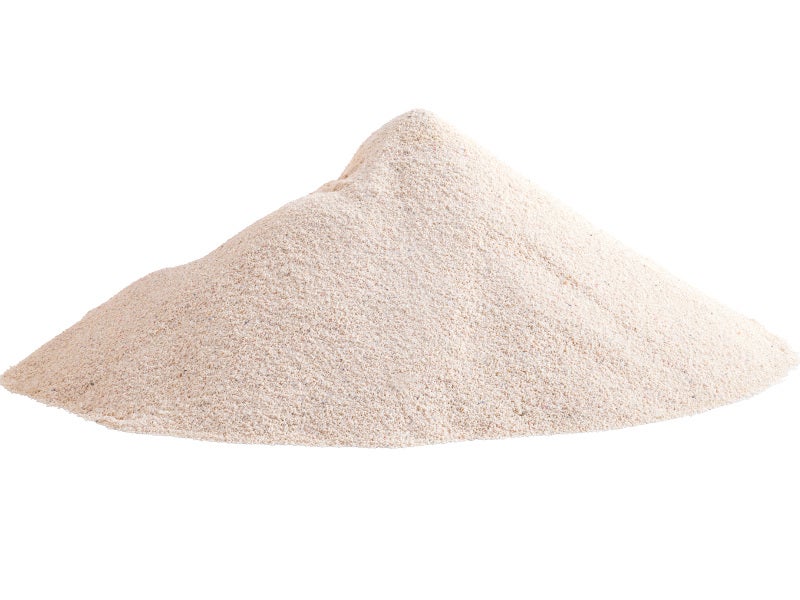The Wanipigow sand project, previously known as the Seymourville silica sand extraction project, is being developed by Canadian Premium Sand.
The project will supply silica sand to be used in oil and gas operations and glass production.
The Wanipigow sand project is estimated to mine 43.2 million tonnes (Mt) of raw sand and 11.6 million bank cubic metres of waste materials throughout its life. The project has an initial mine life of 25 years.
The environmental licence for the project was approved by the government of Manitoba in May 2019, and project construction activities are expected to begin in 2020.
The project is being developed with an investment of more than C$330m ($250m) and expected to create 150 jobs.
Wanipigow sand project location, geology and mineralisation
The Wanipigow sand project is located on provincial Crown land surrounded Hollow Water, Manigotagan, and Seymourville communities in Manitoba.
The site is located to the west of Hollow Water First Nation Reserve, approximately 200km north-east of the City of Winnipeg.
The Wanipigow sand deposit lies within a 25m high hill of Lake Winnipeg Formation, an extension of the Historical Black Island silica deposit. The silica sand found at the project site is high-purity quartz with round and uniform grains.
The sand deposit was formed during the Paleozoic era of the Ordovician period. Similar sand deposits along the eastern outcrop of Lake Winnipeg were investigated and found to hold sand, sandstone, and quartzose sandstone.
Wanipigow sand project reserves
The project is estimated to contain proven and probable reserves of 30.6Mt, of which Lower Black Island (LBI) and Upper Black Island (UBI) geological units are estimated to hold 26.8Mt and 3.8Mt reserves respectively.
Mining at the Wanipigow sand project
The Wanipigow silica sand project will employ a conventional, open pit quarry truck-and-excavator mining operations.
The project will witness an active open-pit sand quarry during each year of operation, along with site reclamation of closed quarries.
The silica sand will be extracted sequentially from each quarry extending across an area of 5ha with depths ranging between 10m and 30m. The project will operate a single active quarry cell in a year, while reclamation will be undertaken each year after completion of mining in each cell.
The project will utilise tracked push dozers to strip and clear the overburden off the quarry cell, while front-end loaders will be used to excavate the sand.
Operations at the quarry and the fully enclosed plant will be active for 24 hours a day throughout the week.
The project will have the capacity to extract 1.8Mtpa of raw sand.
Processing and transportation
The excavated sand will be fed to a hopper and breaker system for conveying to a fully enclosed sand wash and dry facility for silica sand production.
The processing facility will utilise groundwater, which will be reused in a closed-loop system within the plant. The extracted sand will undergo washing, drying and screening into different sizes of silica sand.
The high-quality silica sand will be transported to Winnipeg via a newly constructed 6km-long access road, Provincial Road 304 and Provincial Trunk Highway. Four trucks will operate each hour to transport the sand to Winnipeg. A trans-load facility at Winnipeg will load the sand into rail cars for further transportation.
Infrastructure for Wanipigow sand project
The primary infrastructure of the project will include a wash and dry facility integrating a dryer building, a wet processing building, a dry screening building, a decanting structure, storage tanks, office shop buildings, a water recovery building and a parking area.
Ancillary facilities to be constructed for the project will include a maintenance shop, operations and administration building and storage facilities.
The site also includes two access roads of 6km and 1.5km, along with a 6km powerline. The 1.5km access road will be improved for use during the construction phase and operations.
Contractors involved
AECOM prepared the environmental assessment report while Western Heritage Services was contracted by AECOM to perform the required heritage resource impact assessment (HRIA) of the project.






